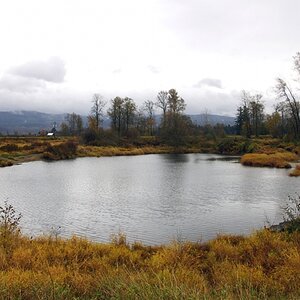JoeU
TPF Noob!
- Joined
- Feb 26, 2019
- Messages
- 26
- Reaction score
- 7
- Can others edit my Photos
- Photos OK to edit
All true. Personally, I work from the Raw file 90% of the time, and I do my wb and color correction (and in fact, most of my pp in general) in the color mode that most people try to actively avoid: Lab color.
Why? Because I do my pp in Photoshop. When you tell PS to convert from one color profile to another, PS takes the working space, converts it to Lab color, then converts the Lab image to the destination spce. If your working space is Lab, you've already taken control of 50 % of that conversion. And if you tell PS to clip the results of your edits to the possible combinations of the destination space, then you see what the conversion results are going to be before you ever make the conversion. (with a bit of minor variance).
Told you I was a color snob.
Why? Because I do my pp in Photoshop. When you tell PS to convert from one color profile to another, PS takes the working space, converts it to Lab color, then converts the Lab image to the destination spce. If your working space is Lab, you've already taken control of 50 % of that conversion. And if you tell PS to clip the results of your edits to the possible combinations of the destination space, then you see what the conversion results are going to be before you ever make the conversion. (with a bit of minor variance).
Told you I was a color snob.



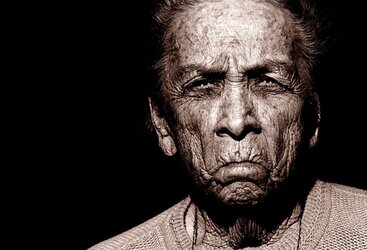
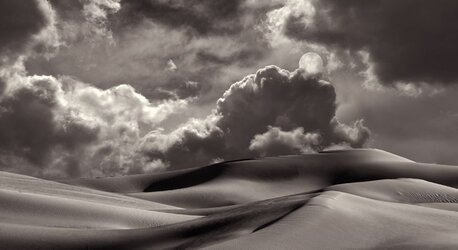

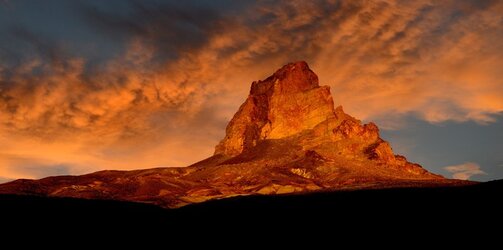
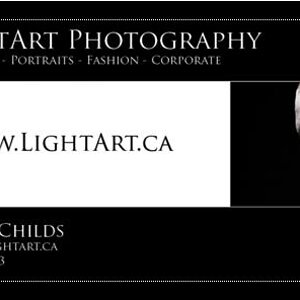
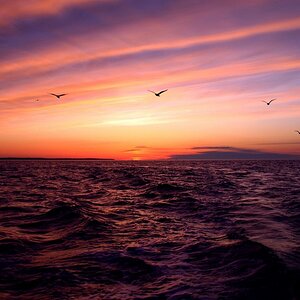
![[No title]](/data/xfmg/thumbnail/36/36672-6e6efd07ece42d211057279229ffe34c.jpg?1619737676)
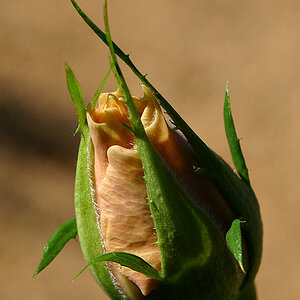
![[No title]](/data/xfmg/thumbnail/36/36671-ba19a0fe0bbdae492df3a43fbee5497c.jpg?1619737676)
![[No title]](/data/xfmg/thumbnail/39/39497-93752210dd49247220721e5ac8c61245.jpg?1619739055)
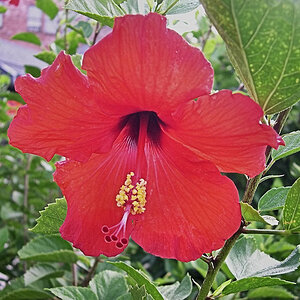
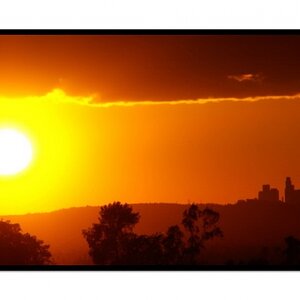
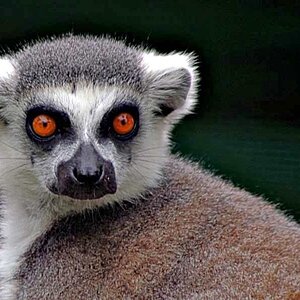
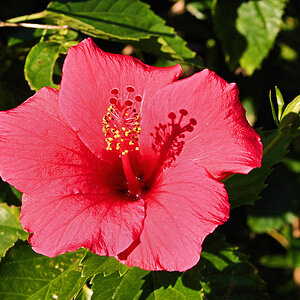
![[No title]](/data/xfmg/thumbnail/36/36673-19735e6d336c221f19091dde4a33c534.jpg?1619737676)
